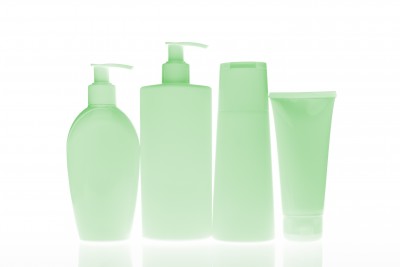Cosmetic Products and the FDA
FDA Regulation of Cosmetics Products Importers introducing cosmetic products into the United States must be mindful of FDA regulations, which can present a barrier to market entry if the appropriate steps are not taken to ensure compliance. The U.S. Food & Drug Administration (“FDA”) works in conjunction with the U.S. Customs and Border Protection (CBP) to monitor cosmetic products at the time of entry. Noncompliance with FDA regulations can result in a shipment being refused entry into the United States or a product being recalled from the market after entry. However, one may mistakenly assume that cosmetic products are subjected to the…

